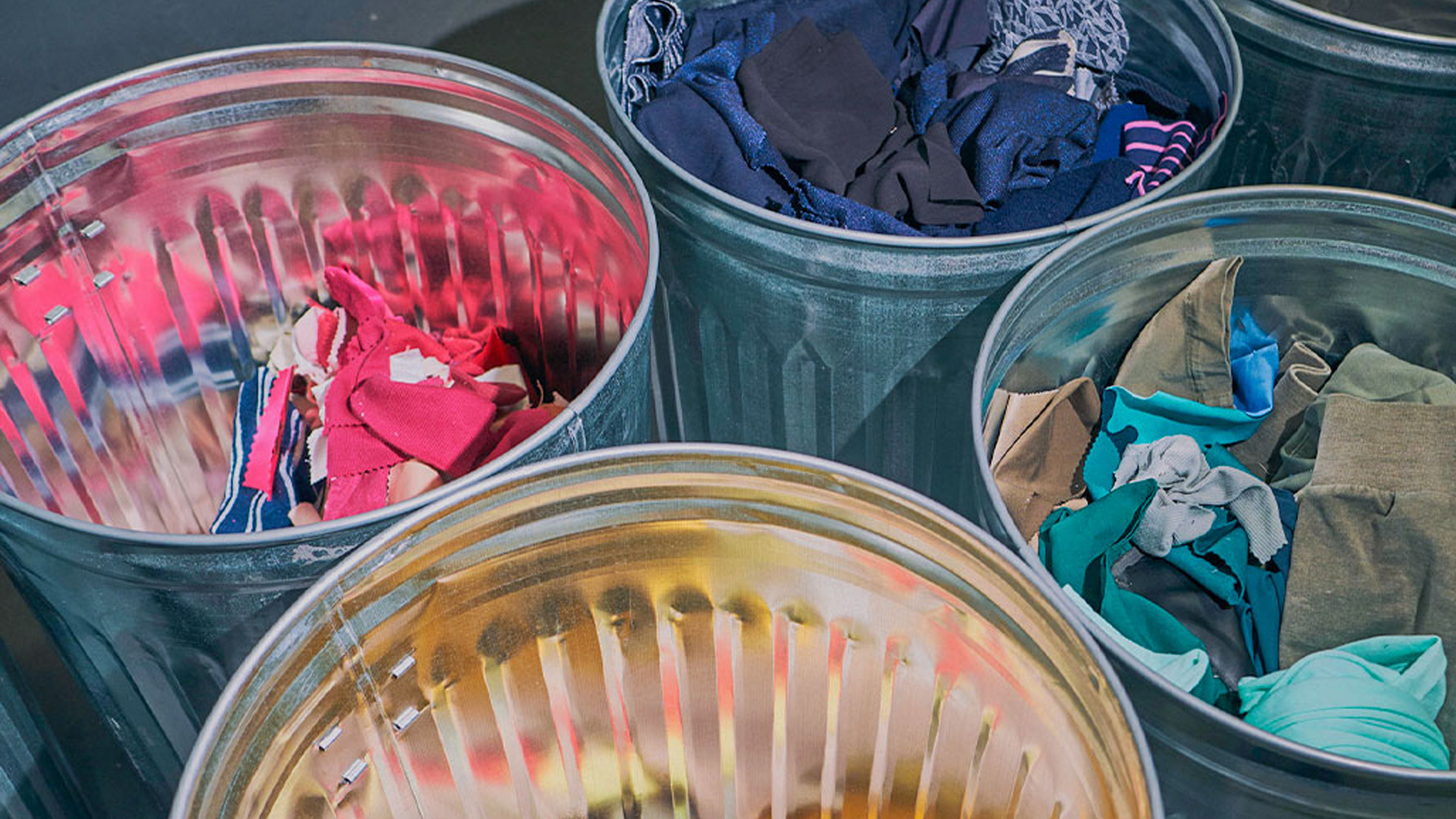New trends in textile waste management
- Home
- Blog Posts
- New trends in textile waste management

The acronym ESG (Environmental, Social and Governance) refers to a set of environmental, social and corporate governance factors, influenced by business activities. In recent years, there has been a growing importance of ESG factors in inspiring new regulations and obligations for companies.
ESG is occupying a central place in the definition of business strategy, as well as in the identification of risks to corporate reputation. The strict regulatory compliance approach is being surpassed, in many cases, by the setting of more demanding market standards, which take care of relationships with the main interest groups, such as customers, investors, workers, business partners and local communities.
Consequently, ESG factors are climbing up the agendas of corporate and investor decision-making bodies, as well as the legislative planning priorities of countries.
Obviously, the fashion industry is no exception. On the contrary, as a result of the idiosyncrasy of its production and logistics model, as well as its unquestionable global nature, fashion is one of the industries where the most focus has been placed in terms of the potential development of ESG criteria in the short and medium term.
ESG is occupying a central place in the definition of business strategy
The local entities are the competent authorities on the waste collection and treatment service. They must ensure compliance with demanding environmental and social standards, typical of a qualified public service activity. This requires greater professionalization in the sector and public-private collaboration instruments that prioritize qualitative aspects over merely economic ones.
Service contracts or service concessions must prevail (compared to other patrimonial or simply collaborative businesses). The regulation of contracts makes it possible to demand professionalized standards of capacity and solvency (such as having the status of authorized waste manager), focusing on how the environmental management of textile waste will be carried out and monitoring compliance with established obligations.
The entities in charge of the collection and treatment of textile waste must meet a growing demand for their services. It is important that the public sector guarantees the opening to the market and the application of competition rules, taking into account that the greater the number of offers, the better qualitative solutions can be found.
Part of the contracts will be reserved in favor of insertion companies and special social initiative employment centers (authorized for waste treatment), as contemplated by Law 7/2022. There are adequate instruments, such as the division of contracts into lots, which allow proportionately delimiting the part of the activity that will be reserved for social entities (in the dimension appropriate to the creation of employment for people at risk of exclusion) and the part that will be will open the market to capture the efficiencies and innovation that competition brings in a position of equality by all operators.
Over the next few years we will see an ambitious increase in textile reuse and recycling targets
Finally, Law 7/2022 contemplates a regime of extended responsibility of the textile producer, which will be subject to the corresponding development regulations. The measures adopted must take into account the order of priority of the waste hierarchy: prevention, preparation for reuse, recycling, other types of recovery (including energy) and elimination. We will pay special attention to this measure in the next column on circular economy.
These three actors have and will have an essential role in achieving the objectives set by the regulations, taking into account the growing importance for society of the environmental impacts of clothing production and the management of textile waste, and the increase in demand for clothing that meets demanding sustainability standards.
In short, the management of textile waste is an issue that occupies and worries the various actors involved in the sector, such as fashion companies, retailers, consumers, management entities or public entities. As a natural consequence, over the next few years we will see an ambitious increase in the targets for the reuse and recycling of textiles which, in all probability, will come hand in hand with a tightening of the regulations applicable to the management of this type of waste and In short, to reducing the environmental impact of textile waste.